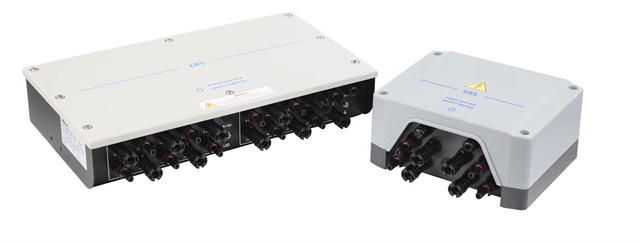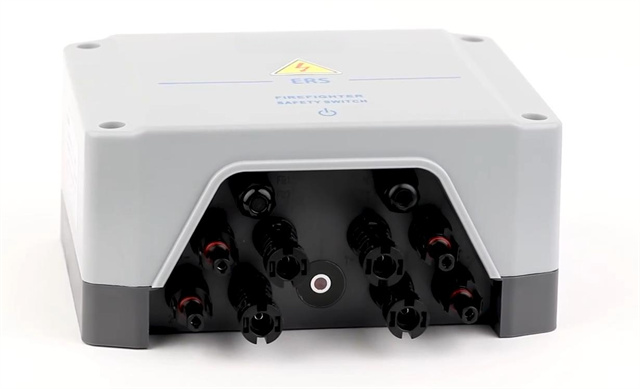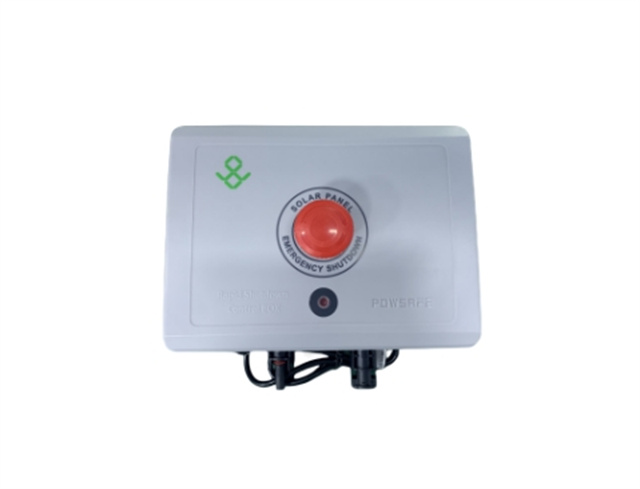Author:BLD Solar Energy SystemFROM:Solar System Converter Manufacturer TIME:2023-09-12
The rapid shutdown switch is an essential component in solar PV systems as it ensures the safety of both installers and first responders during emergencies. Its technical features play a crucial role in enabling a quick and efficient shutdown of the system, minimizing the risk of electrical hazards and facilitating maintenance and inspection procedures.

One of the key technical features of a rapid shutdown switch is its voltage and current rating. These ratings determine the maximum voltage and current that the switch can handle without malfunctioning or causing any damage. In solar PV systems, the rapid shutdown switch needs to be capable of interrupting the high DC voltages and currents present in the system, effectively shutting down the flow of electricity from the solar panels to the inverter. Therefore, it is crucial to select a switch with appropriate voltage and current ratings that are compatible with the specific system requirements.

The trigger mechanism of a rapid shutdown switch defines how the switch is activated to shut down the solar PV system. There are different types of trigger mechanisms available, such as manual switches, signal-based switches, and module-level power electronics (MLPE) devices. Manual switches require direct physical interaction to turn off the system, while signal-based switches can be activated remotely through a control signal. MLPE devices, such as module-level power optimizers or microinverters, enable individual panel shutdown by regulating the power at the module level. The choice of trigger mechanism depends on the system design and the desired level of control over the shutdown process.

In order to ensure effective coordination between the various components of a solar PV system, the rapid shutdown switch often utilizes communication protocols. These protocols enable the switch to receive and transmit signals to other devices, such as inverters or monitoring systems. Commonly used communication protocols include Power Line Communication (PLC), which utilizes the existing power lines for data transmission, and wireless protocols like Zigbee or Wi-Fi. The integration of communication protocols allows for seamless communication between the rapid shutdown switch and other system components, enabling efficient monitoring and control of the system's shutdown status.
In conclusion, the technical features of a rapid shutdown switch in solar PV systems are vital for ensuring the safety and functionality of the system. The proper selection of voltage and current ratings, the choice of trigger mechanism, and the utilization of communication protocols are all important considerations when designing and implementing a rapid shutdown system. By incorporating these features, solar PV systems can be effectively and rapidly shut down in emergency situations, protecting both individuals and property from electrical hazards.
